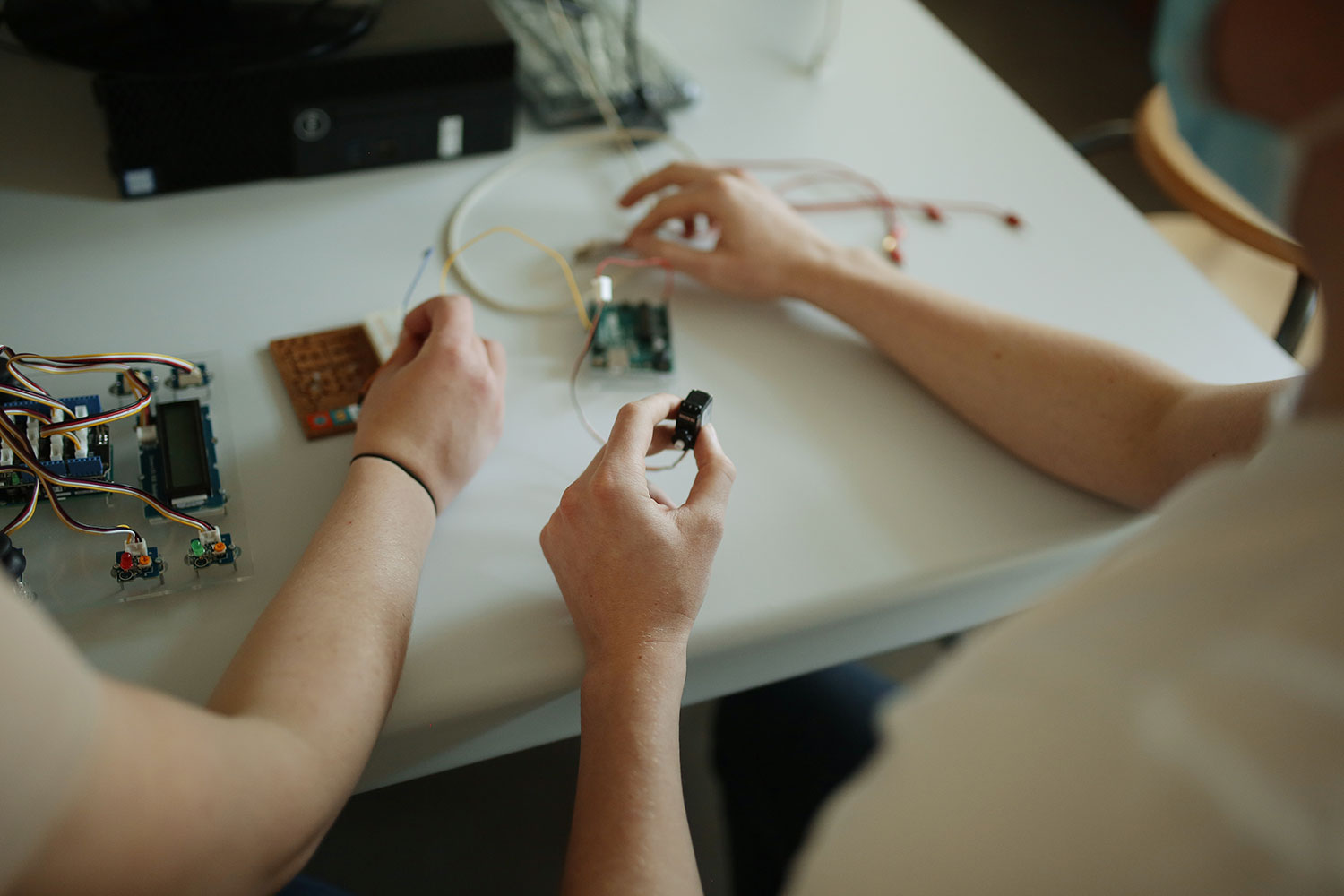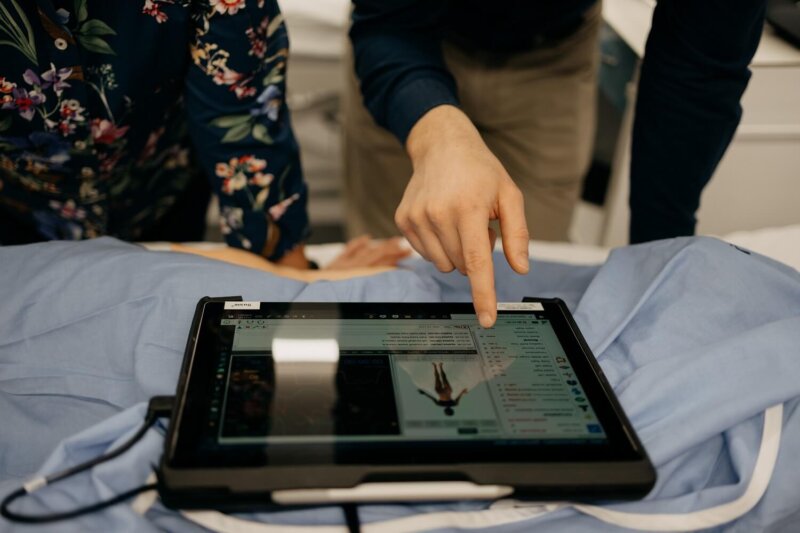The SBnodesSG (Smart Buildings as nodes of Smart Grids) chair for industry was recently created by JUNIA, along with 10 companies, and is supported by the Métropole Européenne de Lille.

Aim of the project
The purpose of the project is to explore the potential of smart buildings as smart nodes in smart grids at a series of buildings in the heart of the Université Catholique de Lille’s Vauban campus.
The ultimate aim of the SBnodesSG chair is to enhance the experience offered to users and improve energy efficiency by installing smart devices and using big data for the smart management of buildings and grids.
Background
This chair was created within the context of the energy transition and Jeremy Rifkin’s Third Industrial Revolution. It is also in line with the strategy of the Métropole européenne de Lille (MEL) to develop smart power grids for the Lille of the future (So MEL, So Connected, You&Grid).
Junia is currently working alongside MEL on the project ‘So MEL, So Connected’, which involves implementing a smart grid that automatically adjusts production to match demand for an island of buildings in the heart of Lille’s Vauban district. These buildings will produce and consume energy, as well as an ever-increasing amount of data. Linking this data, whilst respecting privacy, to energy consumption/production will undoubtedly lead to significant improvements in terms of efficiency.
Bringing the corporate and academic worlds together
Another distinguishing feature of this project is that it brings together the world of business, through a group of companies of different sizes (major companies, SMEs and start-ups), and the world of academics to create strong ties and thus increase its potential.
What the sbnodessg industry chair hopes to achieve
The SBnodesSG chair aims to make buildings smart and turn them into increasingly active participants in the energy ecosystem beyond just being part of a smart grid. As a result, they will be optimised individually and as a whole by interacting with users in real time, and will become nodes in a new smart grid (buildings as nodes).
Involving different kinds of buildings, islands of buildings which are interconnected, districts, etc…
Smart devices
Users will be connected to buildings through sensors and smart devices, something which will allow energy consumption to be optimised in accordance with their habits and needs

SBnodesSG responds to various scientific, technical, societal and economic challenges, including :
Involving different time horizons and different rationales
Relating to energy (production, consumption and storage), consumption by buildings, etc
Spread throughout a town or city and connected by a public grid (technical and legal issues)
And thus reducing its impact on the environment
(ubiquitous) with actions in real time (crowdsensing)